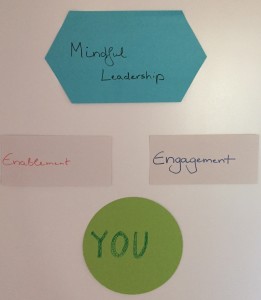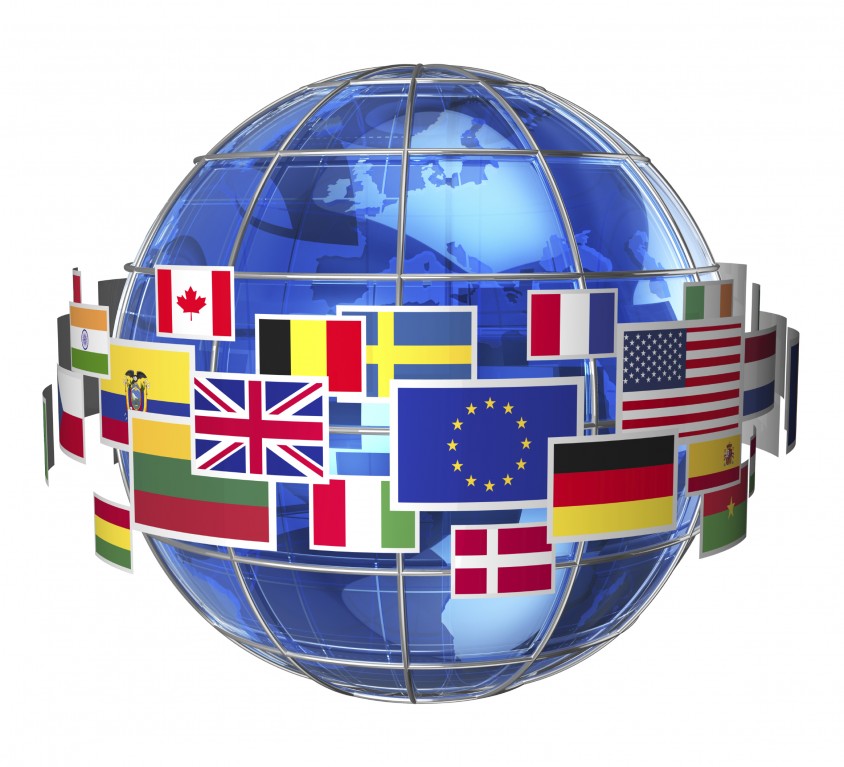Imagine transforming your organisation into a living organism, a mindful and purpose-driven entity! 🌟
🌱 By cultivating a culture of #mindfulness and #purpose, we unlock incredible benefits that propel our organisation forward. Here’s how:
1️⃣ Authenticity and Engagement: Treating our organisation as a living organism allows us to tap into the unique strengths and passions of each team member. As a result, we foster a sense of authenticity, empowering individuals to bring their whole selves to work. Engaged and fulfilled employees drive #innovation and fuel collective success.
2️⃣ Adaptive and Agile: Just like a living organism, a purpose-driven organisation adapts and evolves in response to its environment. By aligning our purpose with our strategies, we become agile and responsive to changing dynamics. This adaptability fuels creativity, #resilience, and sustainability.
3️⃣ Collective Intelligence: Just as cells work together to sustain life, a mindful purpose-driven organisation leverages the collective intelligence of its members. Through open communication, collaboration, and shared decision-making, we unlock diverse perspectives and tap into the wisdom of the entire organization. Together, we achieve remarkable outcomes.
4️⃣ Meaningful Impact: When our organisation embodies a mindful purpose, we extend our reach. By aligning our actions with our values, we make a positive impact on society and the environment. This sense of purpose drives satisfaction and attracts like-minded individuals, fostering a virtuous cycle of purposeful success.
🌱 Together, we can create a thriving ecosystem where people, purpose, and impact harmoniously coexist! 🌿

Contact me to learn more!




